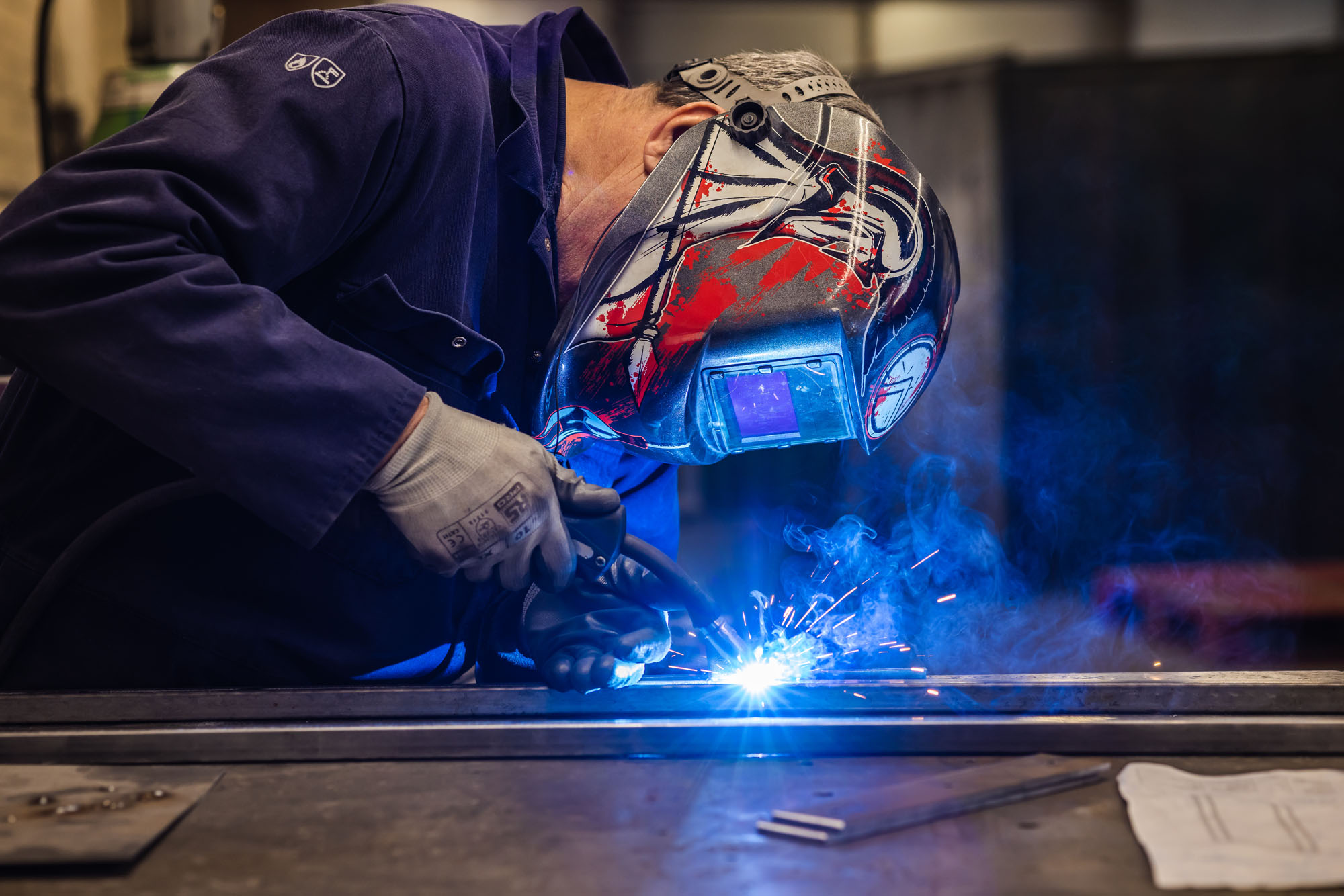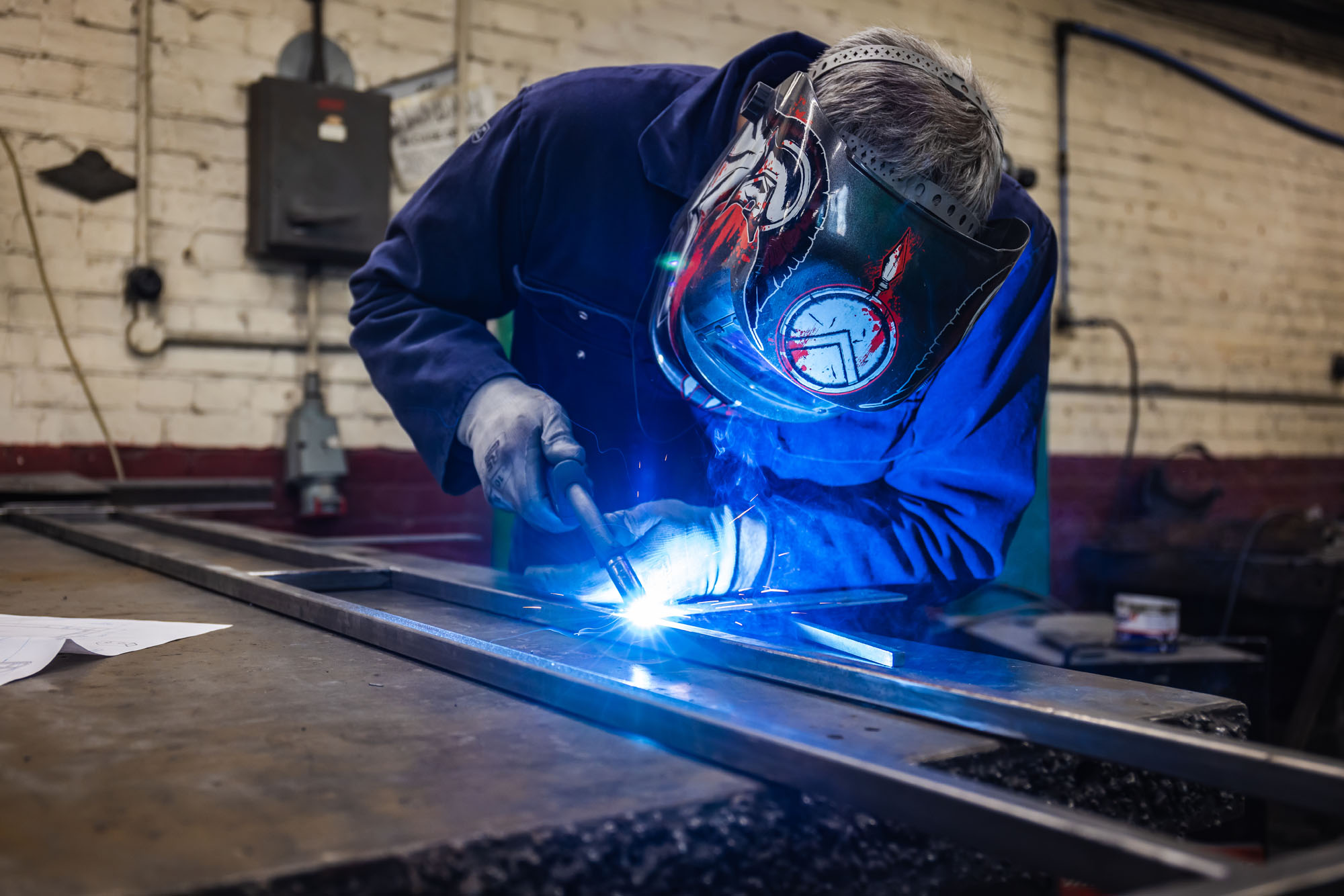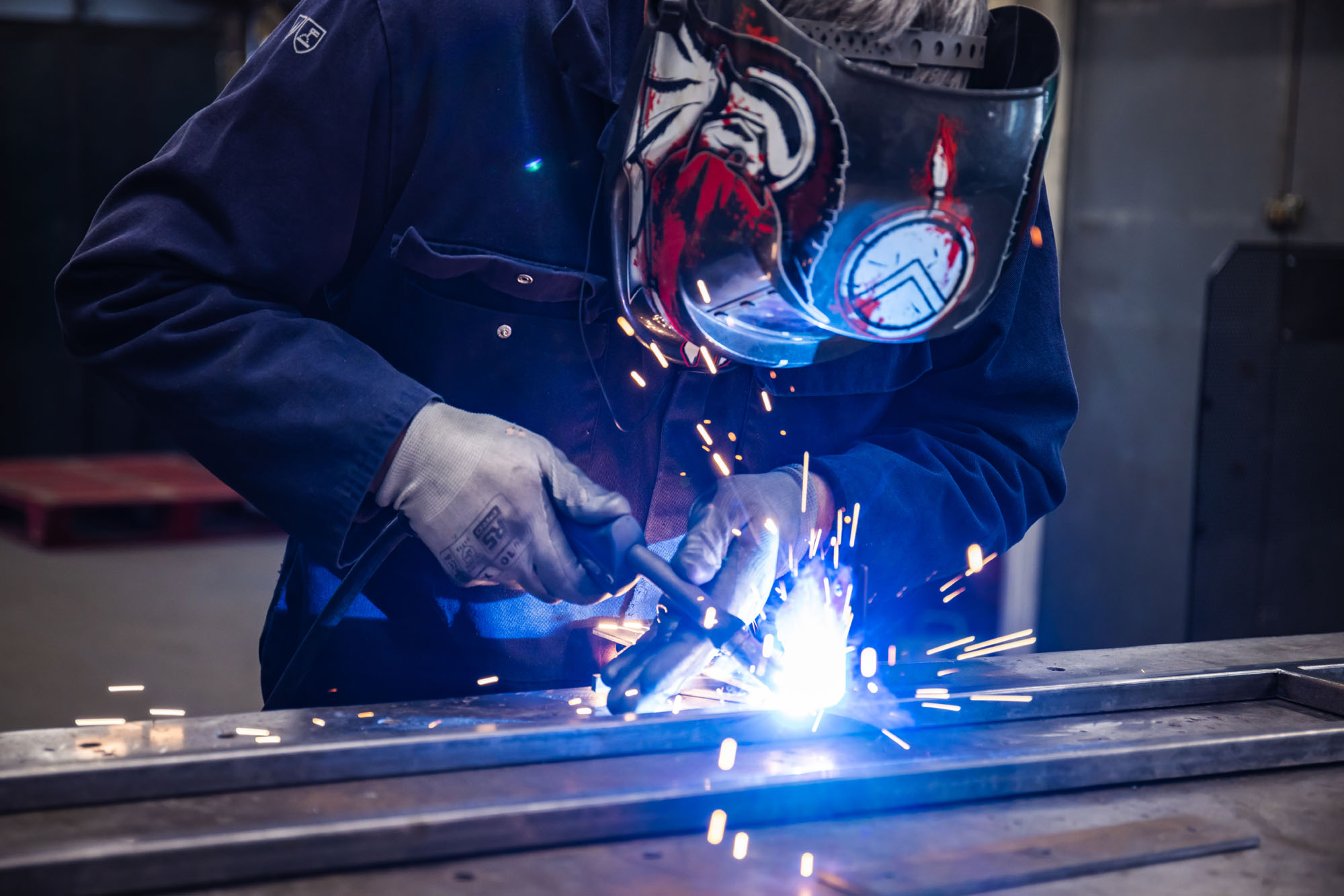With our advanced CNC punching facilities, we provide unmatched productivity, reliability, and flexibility, along with exceptional efficiency through automated “lights out” production.
Our unmanned CNC punching machines operate 24 hours a day, resulting in significantly improved productivity and enhanced quality. This allows us to deliver unrivalled process consistency, setting industry-leading punching standards for our customers.
Our capabilities enable us to achieve unparalleled process speeds for a variety of punching applications. Whether it’s part number stamps, rib forming, special forms, countersinks, or other requirements, we can deliver fast and precise results.
By leveraging our CNC punching technology, we offer unbeatable performance, ensuring high productivity, superior quality, and the ability to meet diverse customer needs.



